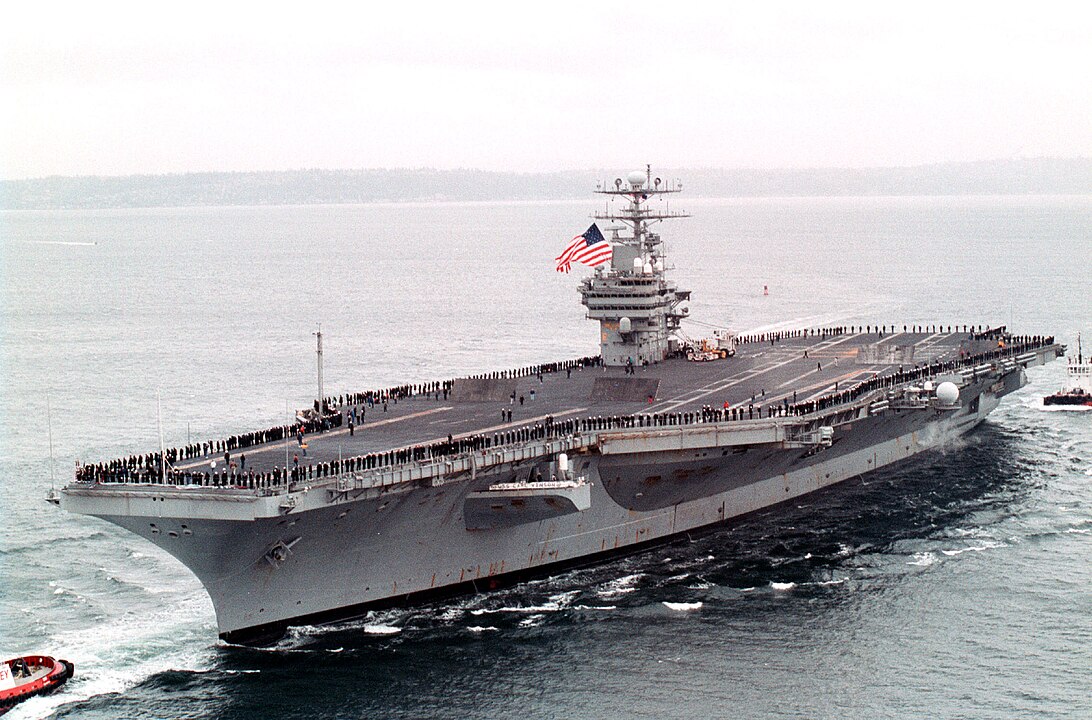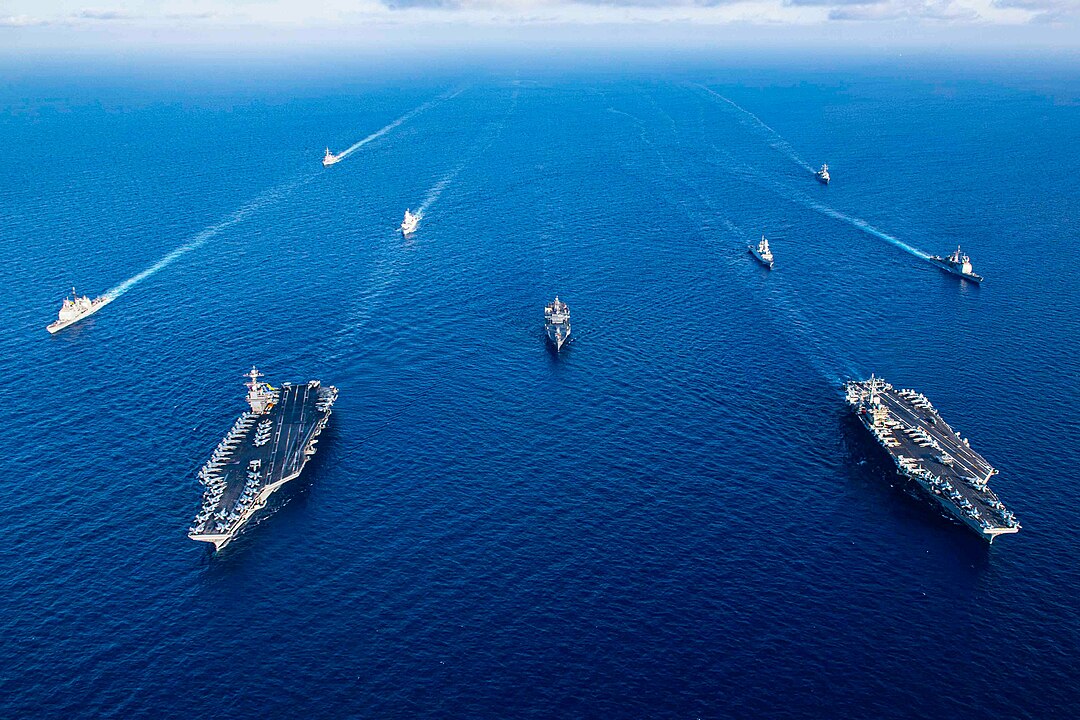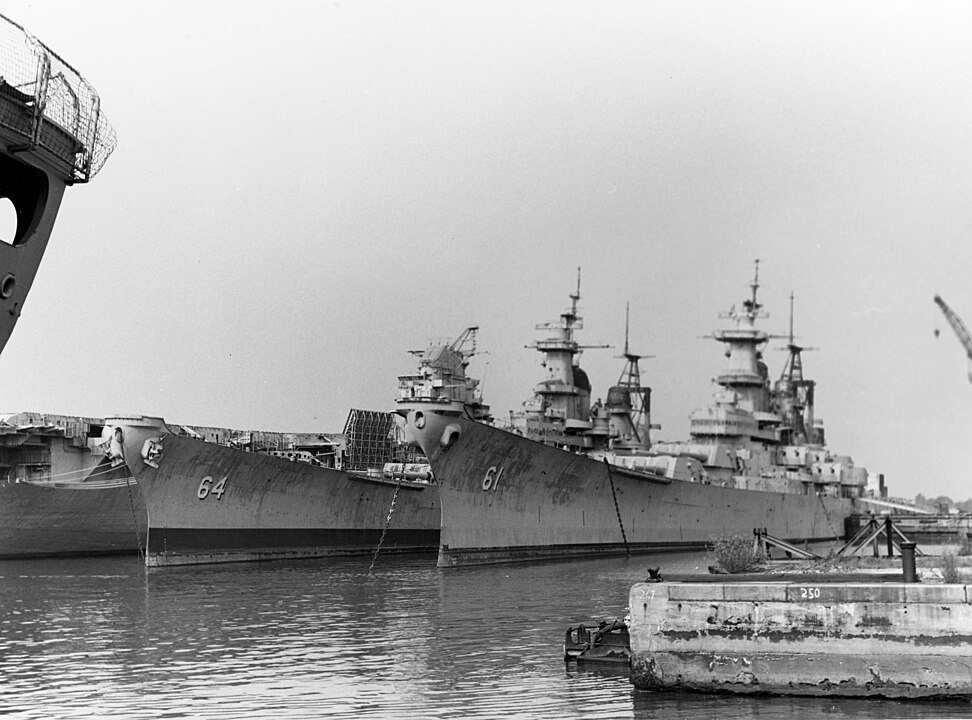
The U.S. Navy’s aircraft carriers, towering symbols of American military prowess, exhibit a formidable array of defense mechanisms that make them incredibly challenging targets even for the most powerful adversaries. The U.S. Navy, with its 11 active carriers, exemplifies this strength and technological sophistication.

These leviathans are designed to withstand significant punishment, utilizing advanced strategies and technologies for protection. A pivotal feature of their resilience is the ability to predict and mitigate the effects of severe weather conditions. Furthermore, their buoyant hull designs ensure that they remain afloat under duress, while their sheer speed and maneuverability allow them to evade potential threats.

One of the core attributes that afford these carriers their defensive capabilities is their nuclear propulsion. This not only provides them with an unmatched operational range but also ensures they can maintain high speeds for rapid movement across the oceans. The USS Gerald R. Ford, the first of a new generation of supercarriers, is a prime example of such nuclear-powered giants.

The robust air wings aboard these carriers are another line of defense, with up to sixty aircraft including fighters, jammers, helicopters, and early-warning planes. “We have a pretty robust air wing that can go hundreds of miles out to provide a buffer for incoming stuff. It would take a lot to get through that,” said retired Capt. Talbot Manvel, a former aircraft carrier engineer, highlighting the extensive defensive perimeter these air wings provide.

Strength and compartmentalization of structure further contribute to the carriers’ survivability. Displacing more than 100,000 tons, carriers like those of the Nimitz-class can seal off sections to prevent sinking in case of damage below the waterline. “The type of steel used on the ships also makes them difficult to penetrate,” Manvel elaborated.

Moreover, carriers are never found alone in hostile environments. They operate within a carrier strike group that includes cruisers, destroyers, and other escort ships, forming an impenetrable shield of firepower around the central behemoth. Bryan Clark, a former U.S. Navy officer and defense expert, notes the strength of these groups: “You have to launch hundreds of weapons at the carrier strike group to even get a few of them through.”

Electronic warfare also plays a crucial role. The strike groups are equipped with electronic countermeasures and kinetic interceptors for missile defense to repel attacks. Clark adds, “There are lots of ways to shoot it down with kinetic interceptors, like the SM-6, SM-2, Rolling Airframe Missile.”

Despite these defenses, new threats such as hypersonic weapons pose unprecedented challenges, as their high speeds and unpredictable trajectories could potentially outpace current defense systems. Still, the U.S. Navy remains vigilant and adaptive, exploring options like directed energy weapons, hypervelocity projectiles, and enhanced sensor layers, including space-based tracking.

Even with the potential vulnerabilities to torpedo attacks and the lurking threat of stealthy submarines, the carrier strike groups are well-prepared with anti-submarine warfare capabilities. Clark explained that U.S. carrier strike groups have “the ability to put weapons on submarine contacts very quickly.”
related images you might be interested.







